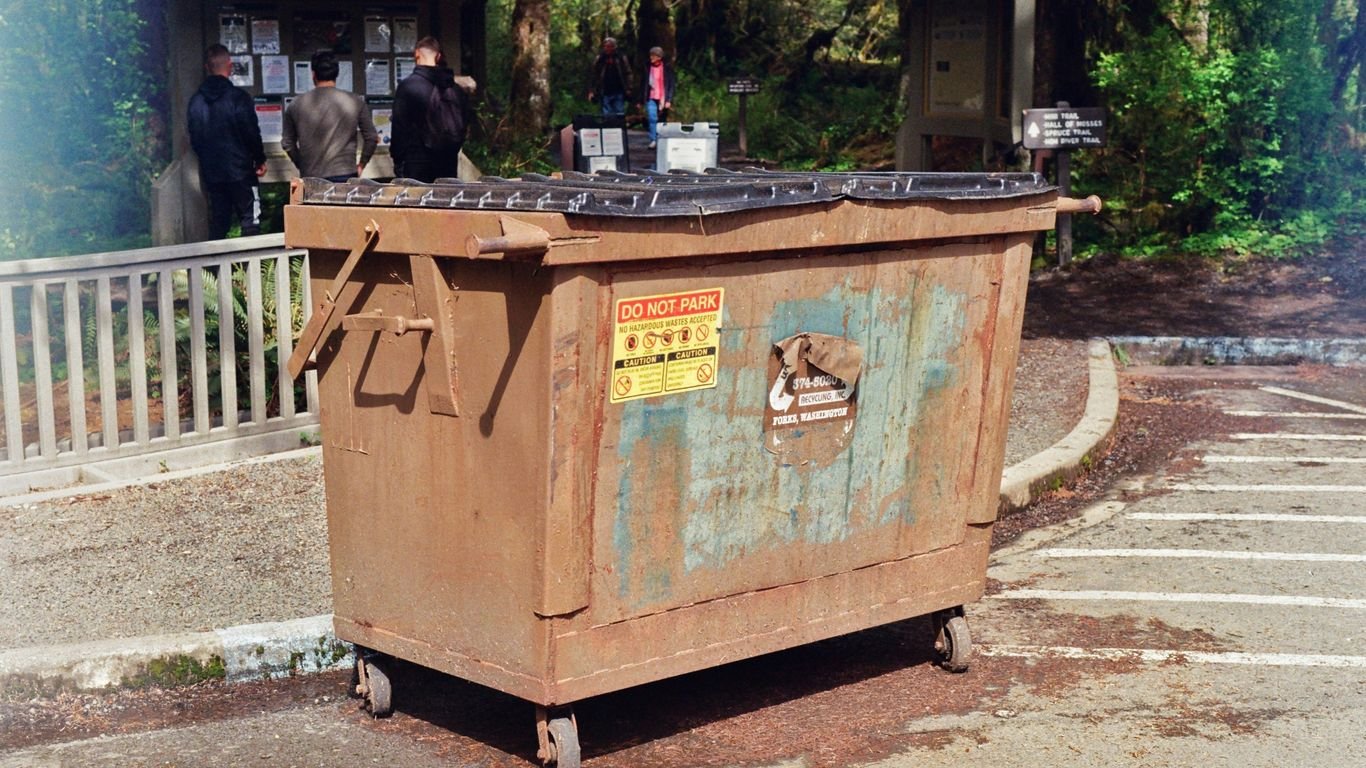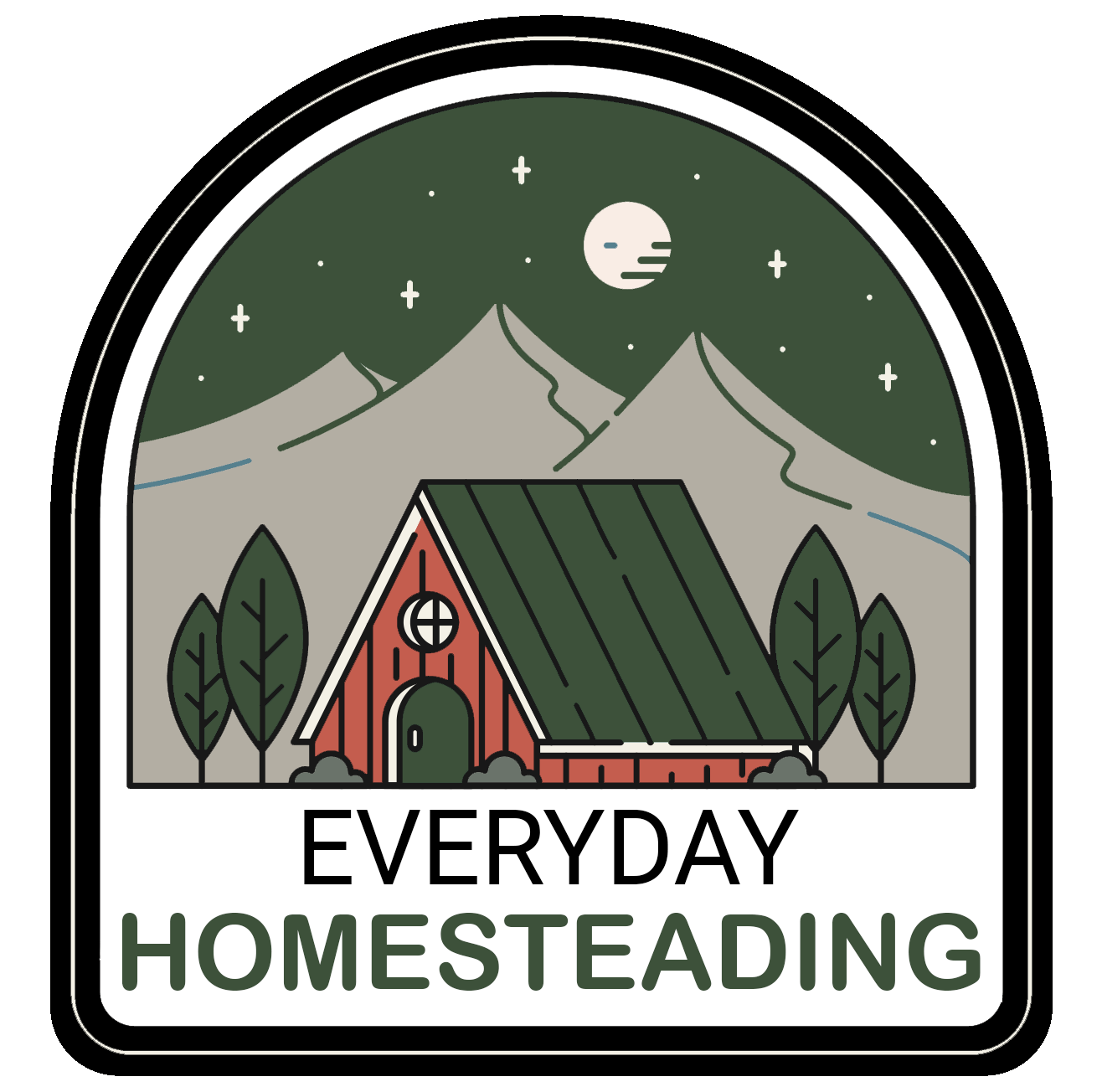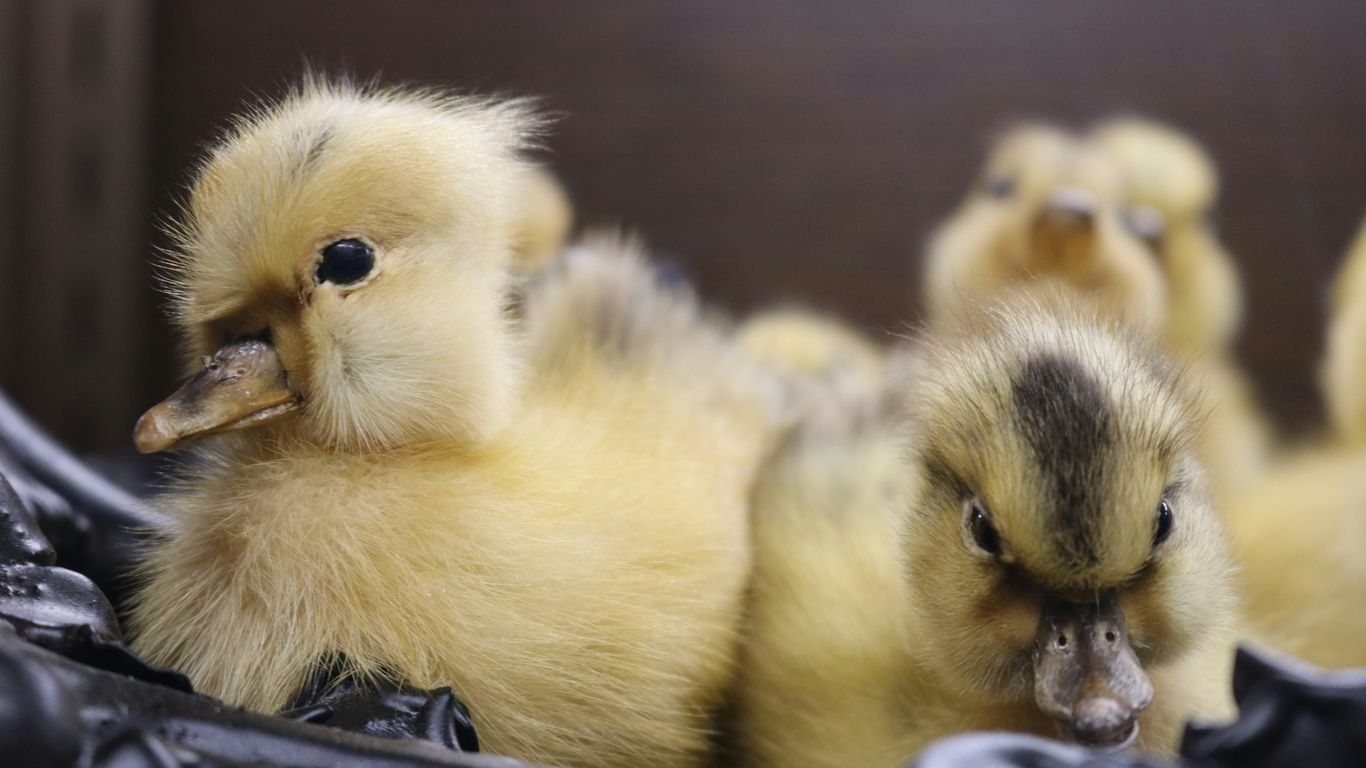5 Easy Ways to Reduce Waste on Your Homestead Today

We all want to live a more sustainable life, especially on our homesteads. It feels good to know we’re doing our part for the planet. Sometimes, though, it feels like a big task. But honestly, making big changes doesn’t have to be complicated. We’ve found that focusing on small, everyday habits can really add up. Let’s look at some simple ways we can all reduce waste on our homesteads starting today.
Key Takeaways
- Composting food scraps turns waste into valuable garden nutrients.
- Switching to reusable bags for shopping cuts down on single-use plastic.
- Making your own cloth napkins is a simple way to avoid paper waste.
- Rechargeable batteries are a smart alternative to disposable ones.
- Replacing plastic food containers with glass or metal options reduces plastic use.
1. Compost Food Scraps

Let’s talk about food scraps. It might seem like a small thing, but tossing those banana peels and coffee grounds into the trash adds up. When food waste sits in a landfill, it produces methane, a potent greenhouse gas. Composting is our way of giving those scraps a second life, turning them into something incredibly useful for our gardens. It’s really not as complicated as it sounds, and the benefits are huge.
First off, we need to get our heads around the basic ingredients. Think of it like a recipe: you need a good mix of "greens" (like your fruit and veggie scraps, grass clippings) and "browns" (things like dry leaves, shredded cardboard, or twigs). The key is balance. Too much green and it gets slimy; too much brown and it won’t break down. We aim for roughly two to three times more browns than greens by volume.
Here’s a simple breakdown of what goes in and what to keep out:
- Greens (Nitrogen-rich): Fruit and vegetable scraps, coffee grounds, tea bags (no staples!), grass clippings.
- Browns (Carbon-rich): Dry leaves, small twigs, shredded newspaper (non-glossy), shredded cardboard, eggshells.
- What to Avoid: Meat, dairy, oils, and grease. These can attract pests and don’t break down well in a typical home compost. Also, steer clear of diseased plants or pet waste.
Setting up is pretty straightforward. You can buy a compost bin, build one yourself from wood or wire, or even just start a pile in a corner of your yard. Just make sure it’s somewhere accessible and has decent drainage. We like to keep a small container with a lid in the kitchen for daily scraps, and a bigger stash of dry leaves nearby for when we add our kitchen waste. Covering your food scraps with a layer of browns is super important to keep things from smelling and to deter critters.
The process involves microorganisms doing their thing, breaking down the organic matter. They need air, water, and that balance of greens and browns to work efficiently. Turning the pile occasionally helps speed things up and ensures everything decomposes properly. It’s basically nature’s recycling program in action, and it’s a fantastic way to reduce our household waste and create nutrient-rich soil for our plants. You can find more details on how to get started with composting at home.
Don’t worry if it’s not perfect right away. We’ve all had piles that were a bit too wet or too dry. The goal is to keep adding materials, maintain that balance, and let nature do the rest. In a few months, you’ll have beautiful, dark compost ready to enrich your garden beds.
2. Use Reusable Bags

We all know the drill: you’re at the checkout, and the cashier asks, "Paper or plastic?" For years, we’ve defaulted to plastic, but those flimsy bags pile up fast and cause a lot of problems for the environment. They’re a major source of litter and can be really harmful to wildlife. Making the switch to reusable bags is one of the simplest, most impactful changes we can make.
Think about it – how many plastic bags do we go through in a week? If we’re not careful, it’s easy to accumulate a mountain of them. Instead, let’s get into the habit of bringing our own. Keep a few sturdy canvas totes in your car, or even better, get some foldable ones that can live in your purse or backpack. That way, you’re always prepared, whether you’re hitting the grocery store or just grabbing a few things.
It’s not just about grocery shopping, either. We can use reusable bags for all sorts of errands. Think about trips to the farmer’s market, the library, or even just picking up dry cleaning. Every time we say "no thanks" to a plastic bag, we’re making a small but significant difference. It’s a habit that takes a little getting used to, but soon enough, it’ll feel completely natural. Plus, there are so many stylish options out there now, from cute prints to insulated versions that keep your cold stuff cold. It’s a win-win!
We can also extend this idea beyond just shopping bags. Consider reusable produce bags for your fruits and veggies, and reusable snack bags for lunches and on-the-go munchies. These small swaps add up quickly and significantly cut down on single-use plastic waste in our kitchens and lunchboxes.
3. Make Reusable Cloth Napkins

We all use napkins, right? Whether it’s at the dinner table or for wiping up little spills, they’re a common household item. But think about how many paper napkins we go through in a week, a month, a year! It really adds up. Making our own cloth napkins is a super simple way to cut down on that waste, and honestly, they just feel nicer to use.
We started by repurposing old cotton sheets and fabric scraps we had lying around. If you don’t have old linens, you can often find affordable fabric remnants at craft stores. We aimed for a size that was practical – big enough for a meal but not so huge they’re awkward to store. A good starting point is about 18 inches by 18 inches, but you can adjust that to what works for your family.
Here’s a basic rundown of how we made ours:
- Cut your fabric: Measure and cut squares of your chosen fabric. We found that using a rotary cutter and mat made this part quick and easy, but scissors work just fine too.
- Hem the edges: This is the most important step to stop fraying. We usually do a simple double-fold hem. Fold the edge over about a quarter-inch, press it, then fold it over again about another half-inch and press. Stitch along the inner folded edge.
- Wash and use: Once they’re all made, give them a good wash. Now you’ve got a set of reusable napkins ready to go!
It’s a small change, but it makes a difference. Instead of tossing paper napkins, we just toss these in the laundry with our regular clothes. They hold up really well, and over time, we’ve saved a good amount of money and kept a lot of paper out of the trash. Plus, they add a nice, homey touch to our meals.
4. Use Rechargeable Batteries

We all have those little gadgets around the homestead that seem to eat batteries. Think about the remote controls, the kids’ toys, or even some of our flashlights. Constantly buying new batteries adds up, not just in cost, but in waste too. Most of those batteries end up in the trash, and they contain some pretty nasty stuff that isn’t great for the environment.
Making the switch to rechargeable batteries is a simple change that makes a big difference. It might seem like a small thing, but over time, the impact is pretty significant. We’ve found that investing in a good set of rechargeable batteries and a charger has saved us money and cut down on a lot of waste. Plus, you don’t have to worry about running out of batteries at a critical moment, like when you need that flashlight during a power outage.
Here’s a quick look at why it’s a good idea:
- Cost Savings: While the initial investment is a bit higher, rechargeable batteries pay for themselves over time. You can recharge them hundreds, even thousands, of times.
- Waste Reduction: Think about how many disposable batteries you’ve thrown away. Rechargeables drastically cut down on that landfill waste.
- Convenience: Keep a few sets charged and ready to go. No more last-minute trips to the store for AAAs.
We keep a few sets of AA and AAA rechargeables on hand, and it covers most of our needs. It’s one of those easy wins for reducing our household waste. If you’re looking for ways to cut down on trash, this is definitely one to consider. It’s a small step that has a real impact on our homestead’s footprint. For more tips on reducing waste, check out ways to avoid plastic bags when you shop.
5. Replace Plastic Food Storage Containers
We all have them – those mismatched plastic containers that have accumulated over the years. They’re great for leftovers, packing lunches, or storing bulk goods, but they’re often made from plastics that can leach chemicals, especially when heated. Plus, they can get stained and smelly over time, making them less than ideal.
It’s time we made the switch to more sustainable options. When you need to replace an old or broken container, think glass or stainless steel. Glass containers are fantastic because they don’t stain or hold odors, and you can easily see what’s inside. Many come with airtight lids, which is great for keeping food fresh. For items that need to stay cool, like lunches on the go, stainless steel containers are durable and lightweight. They’re perfect for packing sandwiches, snacks, or even full meals. We’ve found that investing in a few good quality glass containers for home and a couple of stainless steel ones for packing lunches has made a huge difference in reducing our reliance on plastic. It’s a simple change that helps keep our food safe and our waste down. Plus, they just look nicer in the pantry!
Here are a few ideas for making the swap:
- Glass Jars: These are super versatile. Use them for storing dry goods like flour, sugar, or grains, or for packing overnight oats or yogurt parfaits. You can often find them secondhand, too.
- Glass Food Storage Sets: Look for sets with bamboo or silicone lids. They stack well and are perfect for fridge and freezer storage.
- Stainless Steel Containers: Great for packing lunches, snacks, or even for taking food to potlucks. They’re practically indestructible.
Making conscious choices about what we store our food in is a small step with a big impact. It’s about choosing materials that are better for our health and for the planet, and these alternatives are readily available. We can find great options for long-term food storage that are both practical and eco-friendly.
Wrapping It Up
So there you have it – five simple ways we can all cut down on the stuff we toss out. It’s not about being perfect, right? It’s more about making small, consistent changes that add up. We’ve seen how little things, like swapping out paper towels for cloth or composting our food scraps, can make a real difference over time. Let’s keep this momentum going and make our homesteads, and our planet, a little bit cleaner. What other easy waste-reducing tricks do you use? Share them in the comments below!
Frequently Asked Questions
Why should we try to reduce waste on our homestead?
Reducing waste is super important because all the stuff we throw away affects our planet and the lives of others. When we make an effort to use less and reuse more, we’re taking good care of the Earth, which is a gift to us. It’s also a smart way to live that can save us money and help us be more self-sufficient, which fits perfectly with homesteading.
What’s the easiest way to start composting food scraps?
Getting started with composting is simpler than you might think! We can begin by collecting our fruit and veggie peels, coffee grounds, and eggshells in a bin or bucket. Once we have a good amount, we can either start our own compost pile in the yard or see if a local farmer at the market accepts food scraps. It’s a great way to turn kitchen waste into something useful for the soil.
How can reusable bags help us reduce waste?
Switching to reusable bags is a big step in cutting down on single-use plastic. Instead of grabbing plastic bags at the grocery store or for our shopping trips, we can bring our own sturdy cloth or woven bags. It might take a little getting used to remembering them, but it makes a huge difference in keeping plastic out of landfills and our environment.
Are rechargeable batteries really worth the switch from regular ones?
Absolutely! While rechargeable batteries might cost a bit more upfront, they save us money and waste in the long run. We can recharge them hundreds of times, meaning we don’t have to keep buying new batteries and throwing old ones away. This is great for things like flashlights, remotes, and other gadgets we use around the homestead.
What’s a good alternative to plastic food storage containers?
We can easily swap out plastic food containers for more sustainable options like glass jars or stainless steel ones. They last much longer and don’t have the same concerns about chemicals leaching into our food. Plus, many glass jars can be repurposed from things we buy, like jam or pickles, giving them a second life.
How can making our own cloth napkins help?
Making our own cloth napkins is a fantastic way to ditch disposable paper ones. We can cut up old cotton sheets or fabric scraps into neat squares. After using them, we just toss them in the wash with our regular laundry. It saves money on buying paper napkins and significantly cuts down on paper waste in our home.






